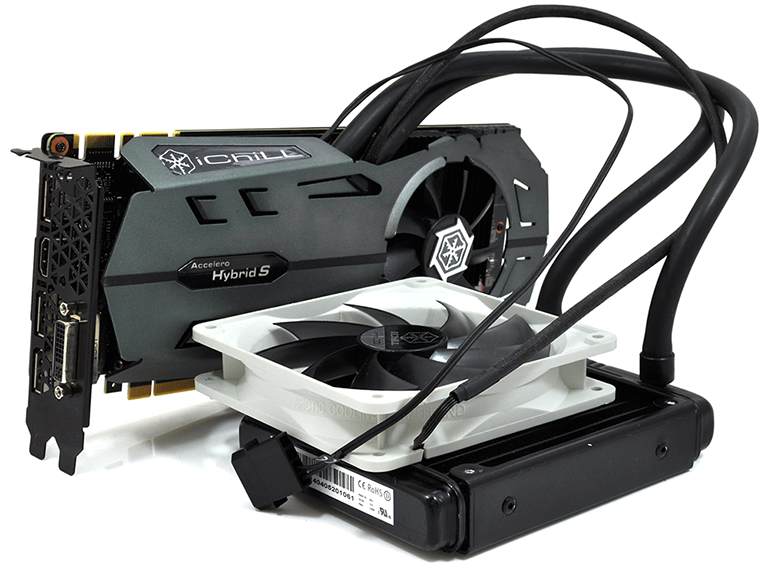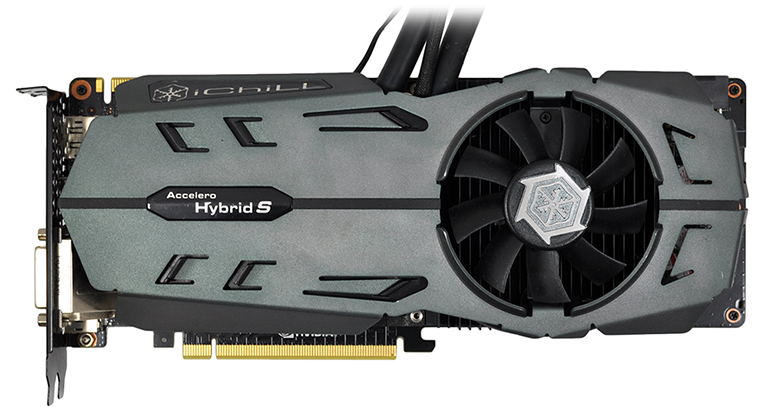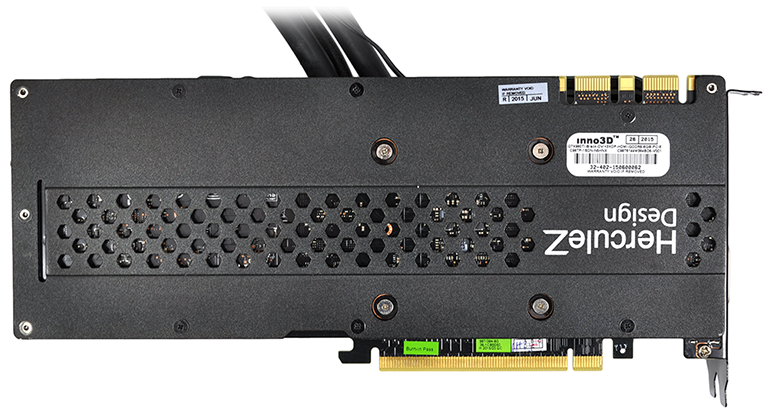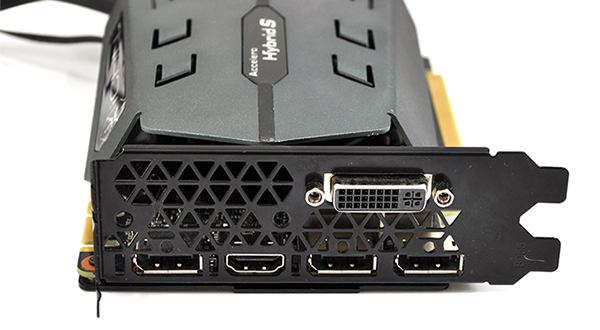Introduction
Following Nvidia's high-profile launch at the back end of May, HEXUS has put half-a-dozen custom GTX 980 Ti graphics cards through the wringer and come away suitably impressed - they've all been lustworthy in their own right and if you were looking to spend big bucks on a new GPU, GTX 980 Ti would be an obvious choice.
But all our reviews thus far have focussed on air-cooled solutions and, perhaps inspired by the rival Radeon R9 Fury X, we've received numerous reader requests asking for a liquid-cooled GTX 980 Ti to be put under the microscope. We're ticking that box today with a full evaluation of Inno3D's iChill GeForce GTX 980 Ti Black.
Why this particular GTX 980 Ti? Well, perusing the shelves of various online retailers shows no shortage of liquid-cooled variants, but prices tend to start at £600 and go up from there. Inno3D undercuts the competition by giving the iChill GeForce GTX 980 Ti Black a retail price of £590, which for the remainder of this week has been cut to £560 as part of a special offer from Overclockers UK.
That's still a fair chunk of change, mind, so what exactly do you get? Taking away any extra complication, Inno3D's design makes use of an all-in-one cooler from industry veteran Arctic Cooling. In a nutshell, the card's metal shroud is hiding a low-profile pump that's attached to the GPU and tasked with wicking heat away to a 120mm radiator connected via a pair of rubber tubes.
A white 120mm Arctic Cooling fan attaches to the radiator to help dispel the heat (we'd have preferred black, to be honest), and there's also a small 80mm fan on the card itself - this sits atop a good-sized VRM heatsink and automatically turns off at low load.
Save for the stark-white radiator fan, it's actually a good-looking design, and for those who like a bit of illumination the iChill and Accelero Hybrid S slogans are illuminated blue at low load, green at medium and red when the going gets tough. There's a rugged beauty about it, and at 266mm in length the card is slightly smaller and sleeker than some of the air-cooled behemoths - Inno3D's own GTX 980 Ti iChill X3 Ultra springs to mind.
Inno3D scores well in the aesthetics department, however there are a few cables to contend with. As it ships, the 120mm radiator fan is powered via a four-pin header located toward the bottom-right corner of the PCB. With a bit of manoeuvring you can just about disconnect it and fish out the cable without removing the entire shroud, but swapping out the fan for one of your own might have been easier. And if we're being picky, the pump is powered by old-fashioned Molex as opposed to SATA or a motherboard header.
In an ideal world, it would have been nice to have seen the pump source power from the board itself, though that would have required extra engineering and Inno3D has taken the easier option so just make sure you haven't chucked your PSU's Molex cables.
We're somewhat surprised to see an 8+6 PCIe power configuration - 8+8 tends to be the norm on high-end cards aimed at the enthusiast crowd - and though mileage can vary from one sample to the next, ours hasn't shown a great amount of overclocking headroom as we'll detail later in the review.
There's no faulting the shipping frequencies, however, as Inno3D doesn't hold back. Base and boost clocks are ramped-up from the reference 1,127MHz and 1,216MHz to a much-tastier 1,203MHz and 1,304MHz, respectively. We've seen air-cooled cards go a touch higher, but these speeds are not be scoffed at and memory is overclocked, too, with the 6GB GDDR5 frame buffer dialled in to an effective 7,292MHz (up from 7,012MHz).
Elsewhere, dual SLI connectors remain ever present for multi-card configurations, and it's good to see Inno3D applying a full-size backplate for improved cooling and extra rigidity. Last but not least, Inno3D's black I/O plate sticks to the tried-and-trusted Nvidia arrangement, meaning dual-link DVI, HDMI 2.0 and a trio of DisplayPort 1.2. As is usually the case, any four can be used concurrently.
Anything else worth knowing about? Nvidia's 'Bullets or Blades' promotion might be of interest - it entitles any would-be buyer of a high-end GeForce graphics card to a free copy of Assassin's Creed Syndicate or Tom Clancy's Rainbow Six Siege. A nice little freebie, but enough of the small print, let's go hammer some benchmarks, shall we?














